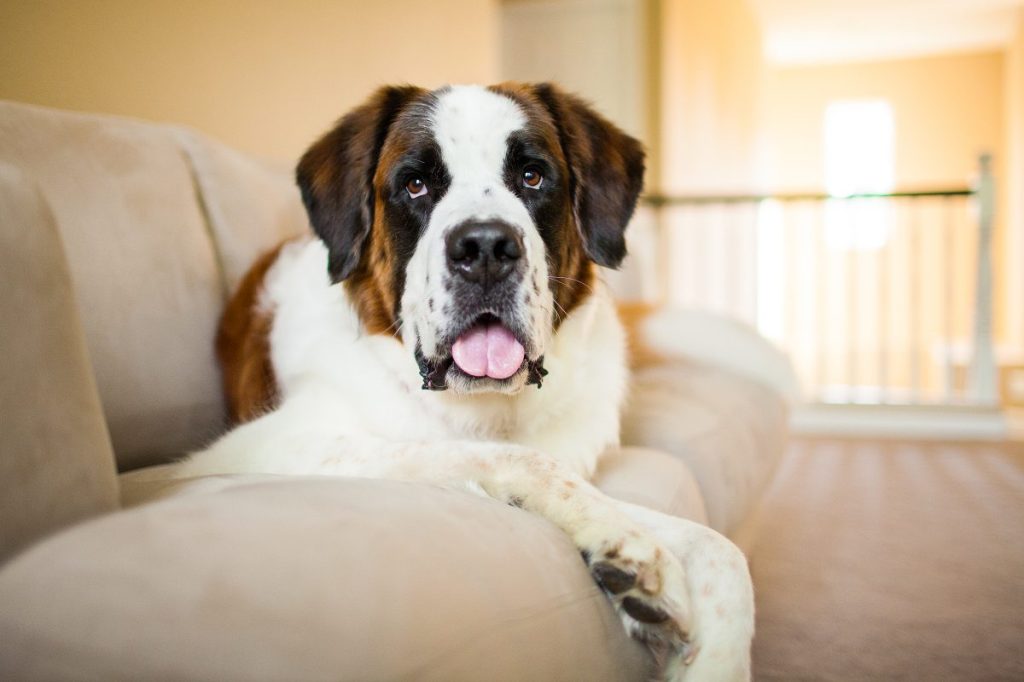The Saint Bernard or St. Bernard is a giant working breed from the Western Alps of Switzerland and Italy. Gentle and devoted, these dogs were historically bred by monks in the hospice of Saint Bernard to assist in search and rescue missions in the treacherous mountain passes. Considered a giant breed, Saint Bernards weigh from 120 to 180 pounds and stand 26 to…

Saint Bernard
Statistics
Dog Breed Group
Purebred Dogs
Height
26 to 35 inches tall at the shoulder
Weight
120 to 180 pounds
Life Span
8 to 10 years
Trending
No content yet. Check back later!